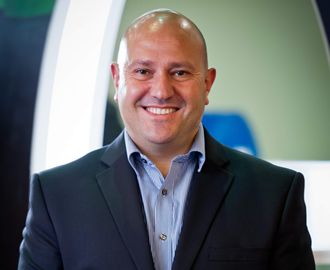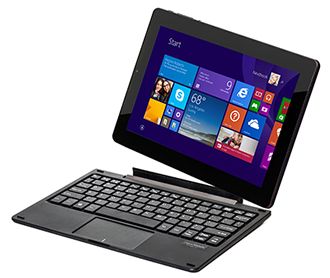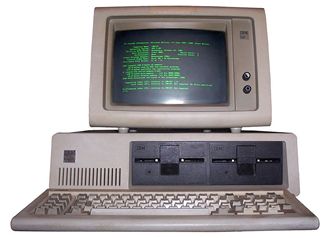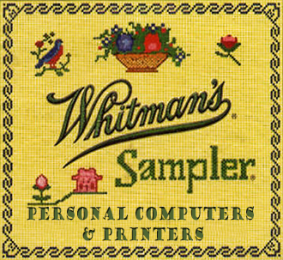 While Michael Dell was fighting to take his tin box outfit private, his rivals used the uncertainty to steal his customers – now he is counter-attacking.
While Michael Dell was fighting to take his tin box outfit private, his rivals used the uncertainty to steal his customers – now he is counter-attacking.
Dell opened the Dell World conference and wasted no time denouncing the “turmoil” his rivals in the industry are going through.
“They’re splitting away businesses, spinning off pieces of their businesses, and one has to ask the question: who is this for? Does this actually help the customers? Does it help them create the next great innovative products?”
It is deeply ironic for Dell. At the time HP Meg Whitman was calling Hewlett-Packard a “paragon of stability” compared to his company and IBM smugly told his customers that he was doomed.
Now Dell can point out that Whitman is breaking the the company in two. And IBM is selling its x86 server business to Lenovo and fighting to keep its profits above water.
Because the company is private, Dell does not have to worry about those quarterly targets and can plan. He even had a dig at Carl Icahn who made him pay millions more to take his company private.
“Dell can focus on a future that’s “beyond the next quarter, the next year or the next shareholder activist,” he said.
Dell’s PC shipments grew almost 20 percent in the U.S. last quarter, Michael Dell said, faster than those of HP and Apple.
Today Dell is expected to announce a new “converged infrastructure” system called the PowerEdge FX, he said, which combines servers, network and storage in a new design that offers “the most density in the world.”

















